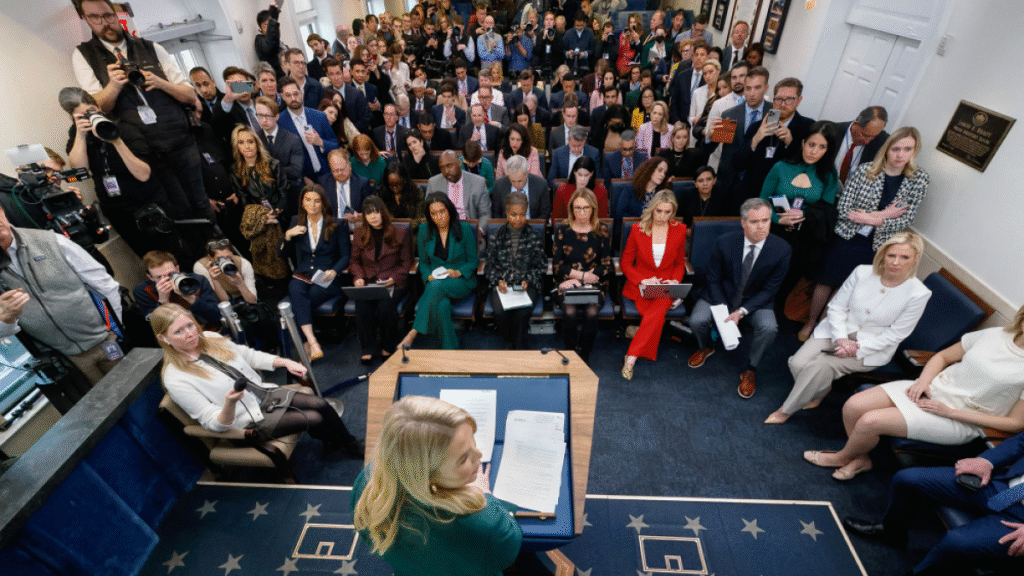Background on Donald Trump and Associated Press
Donald Trump, the 45th President of the United States, served from January 2017 until January 2021. His presidency was marked by numerous controversies and policy changes, including alterations in how government bodies and geographical features were referred to. The Associated Press (AP), one of the oldest and largest news-gathering organizations in the world, has been a prominent source of unbiased reporting since 1846.
The Dispute Over Access and Naming Conventions
In February 2021, the Associated Press filed a lawsuit against the Trump administration after being restricted from covering certain White House events. The primary reason for this dispute was the Trump administration’s decision to change the official name of the Gulf of Mexico to the “Gulf of the United States.” The AP, adhering to its long-standing style guide, continued referring to the Gulf of Mexico by its traditional name despite the change.
Judge Trevor McFadden’s Ruling
On April 8, U.S. District Judge Trevor McFadden ruled in favor of the Associated Press, stating that the Trump administration must grant access to its reporters for events in the Oval Office, Air Force One, and other White House functions while the lawsuit progresses. McFadden emphasized that the White House cannot selectively exclude journalists based on their viewpoints once it opens its doors to some.
The Appeals Court’s Decision
However, the U.S. Court of Appeals for the District of Columbia Circuit temporarily blocked McFadden’s order on April 16. The appeals court sided with the Trump administration, asserting that the President has absolute discretion over media access to the White House and that the lower court’s decision interfered with this authority.
Impact on Journalism and Government Transparency
The dispute between the Associated Press and the Trump administration highlights the ongoing tension between the executive branch’s control over access to government information and the media’s role in reporting on that information. This case also raises questions about the balance of power between the judicial and executive branches, as well as the importance of maintaining transparency in government operations.
Key Questions and Answers
- What is the main issue in this case? The central conflict revolves around the Trump administration’s attempt to restrict Associated Press access to White House events in retaliation for the news agency’s adherence to traditional naming conventions for geographical features, despite the administration’s attempts to change them.
- Who is Donald Trump? Donald Trump served as the 45th President of the United States from January 2017 until January 2021. His presidency was marked by numerous controversies and policy changes.
- Why is the Associated Press relevant? The Associated Press (AP) is one of the oldest and largest news-gathering organizations globally, known for its commitment to unbiased reporting since 1846.
- What is the significance of Judge Trevor McFadden’s ruling? McFadden ruled that the Trump administration must grant Associated Press access to certain White House events while the lawsuit progresses, emphasizing that the White House cannot selectively exclude journalists based on their viewpoints.
- What did the U.S. Court of Appeals for the District of Columbia Circuit decide? The appeals court temporarily blocked McFadden’s order, siding with the Trump administration and asserting that the President has absolute discretion over media access to the White House.






